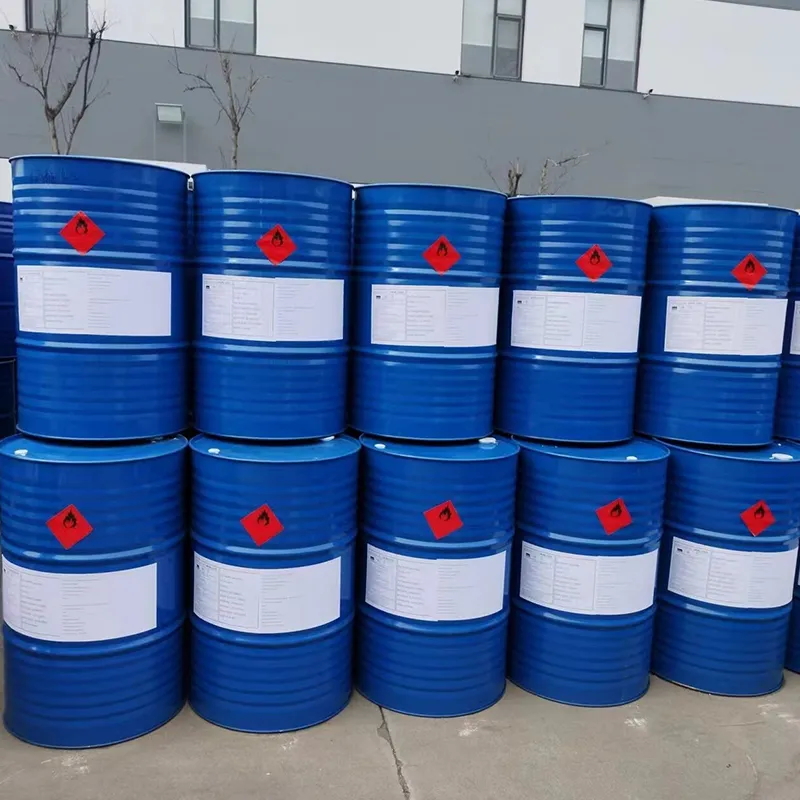
sodium bicarbonate process
The sodium bicarbonate process, also known as the Solvay process, is a pivotal industrial procedure used to produce sodium carbonate (soda ash) from sodium chloride and limestone. This method has been a cornerstone of the chemical industry since it was developed in the 1860s by the Belgian chemist Ernest Solvay. The significance of this process lies in its efficiency and relatively low environmental impact compared to older methods, making it a preferred choice in modern manufacturing.
The process begins with the dissolution of sodium chloride (table salt) in water, resulting in brine. Ammonia is then added to this solution, creating ammoniated brine. The next step involves the introduction of carbon dioxide, which can be generated by heating limestone (calcium carbonate). When carbon dioxide is bubbled through the ammoniated brine, a series of chemical reactions ensue, leading to the formation of sodium bicarbonate. The reaction can be summarized as follows
\[ \text{NaCl} + \text{NH}_3 + \text{H}_2\text{O} + \text{CO}_2 \rightarrow \text{NaHCO}_3 + \text{NH}_4\text{Cl} \]
Sodium bicarbonate is relatively insoluble in water, which allows it to precipitate out of the solution. The next step is filtration, where the sodium bicarbonate is separated from the remaining liquid. This solid can then be heated to produce sodium carbonate. By decomposing sodium bicarbonate through thermal reaction
\[ 2 \text{NaHCO}_3 \rightarrow \text{Na}_2\text{CO}_3 + \text{CO}_2 + \text{H}_2\text{O} \]
sodium bicarbonate process

The resulting sodium carbonate has numerous applications, from glass manufacturing and detergents to water softening and food processing.
One of the notable advantages of the sodium bicarbonate process is its ability to recycle ammonia. After the sodium bicarbonate has been filtered out, the remaining solution contains ammonium chloride. By treating this solution with lime (calcium hydroxide), ammonia can be regenerated, making the process sustainable and reducing waste
\[ \text{NH}_4\text{Cl} + \text{Ca(OH)}_2 \rightarrow \text{NH}_3 + \text{CaCl}_2 + 2 \text{H}_2\text{O} \]
This regenerative aspect not only enhances efficiency but also significantly lowers production costs and environmental impact.
In conclusion, the sodium bicarbonate process exemplifies a method of producing a vital chemical product with sustainable practices. Its ability to recycle materials and its lower emissions profile compared to older methods underline its importance in both economic and environmental contexts. As industries seek more sustainable manufacturing processes, the relevance of the sodium bicarbonate process is likely to grow even further in the coming years.
-
Comprehensive Guide to Acetic Acid as Preservative: Benefits, Uses & Future TrendsNewsNov.24,2025
-
What Is a Food Additive? Global Insights, Applications & Future TrendsNewsNov.24,2025
-
968 Sweetener: The Modern Solution for Health-Conscious SweeteningNewsNov.23,2025
-
Discover the Benefits and Uses of 965 Sweetener (Erythritol) | Tenger ChemicalNewsNov.23,2025
-
961 Sweetener - A Next-Gen Sugar Alternative for Health and IndustryNewsNov.23,2025
-
Understanding 960 Sweetener: The Modern Sugar Alternative for Health and IndustryNewsNov.22,2025
-
Everything You Need to Know About 955 950 Sweeteners – Benefits, Uses, and TrendsNewsNov.22,2025
Hebei Tenger Chemical Technology Co., Ltd. focuses on the chemical industry and is committed to the export service of chemical raw materials.
-

view more DiethanolisopropanolamineIn the ever-growing field of chemical solutions, diethanolisopropanolamine (DEIPA) stands out as a versatile and important compound. Due to its unique chemical structure and properties, DEIPA is of interest to various industries including construction, personal care, and agriculture. -

view more TriisopropanolamineTriisopropanolamine (TIPA) alkanol amine substance, is a kind of alcohol amine compound with amino and alcohol hydroxyl, and because of its molecules contains both amino and hydroxyl. -

view more Tetramethyl Thiuram DisulfideTetramethyl thiuram disulfide, also known as TMTD, is a white to light-yellow powder with a distinct sulfur-like odor. It is soluble in organic solvents such as benzene, acetone, and ethyl acetate, making it highly versatile for use in different formulations. TMTD is known for its excellent vulcanization acceleration properties, which makes it a key ingredient in the production of rubber products. Additionally, it acts as an effective fungicide and bactericide, making it valuable in agricultural applications. Its high purity and stability ensure consistent performance, making it a preferred choice for manufacturers across various industries.





